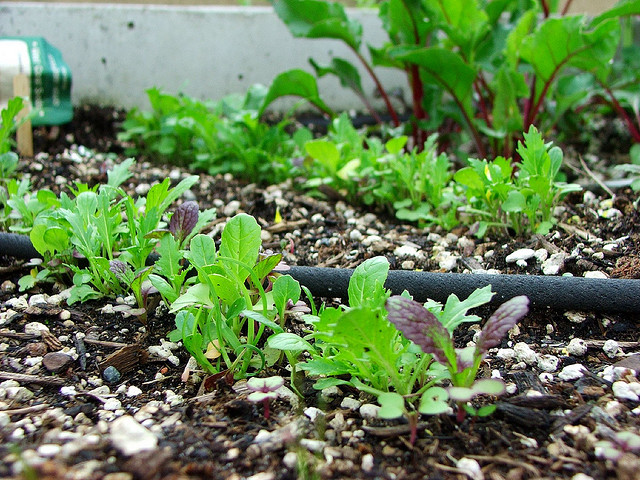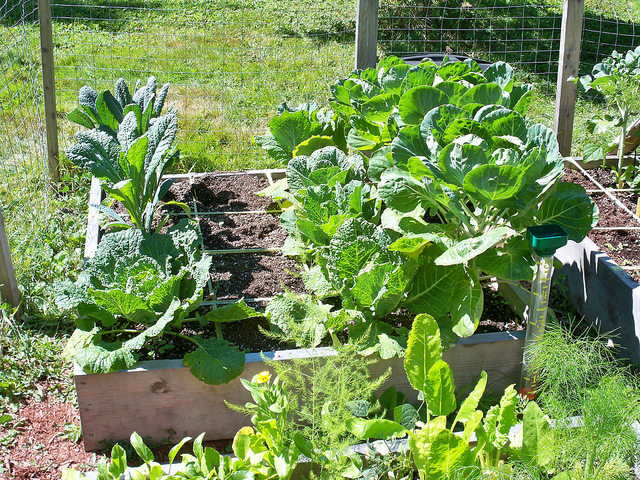Ornamental plant varieties can be chosen based upon water use. Grass can be allowed to go dormant during dry seasons. However, choices for low water vegetable plants are limited. Thankfully, there are some water conservation practices that can increase water efficiency.
- Adding organic matter in the form of compost, animal manure, grass clippings, and leaf mould are ways to improve the soil by increasing water holding capacity and improving soil structure.
- Planting in blocks instead of rows creates a canopy of leaves that shades the ground and reduces evaporation.
- Create wind breaks to reduce evaporation from leaves and soil.
- Apply mulch to retain soil moisture and keep soil cool.
- Check plant needs manually—vegetable plants should be watered according to need, not a schedule.
- Water during cooler parts of the day to reduce water loss.
- Switching from a sprinkler irrigation system to a drip or soaker hose system can reduce water usage by up to 50%.


Additional Resources:
West
California – Water-Wise Food Gardening
Southeast
Florida – Watering the Vegetable Garden
Southwest
Texas – Vegetable Resources: Irrigation
